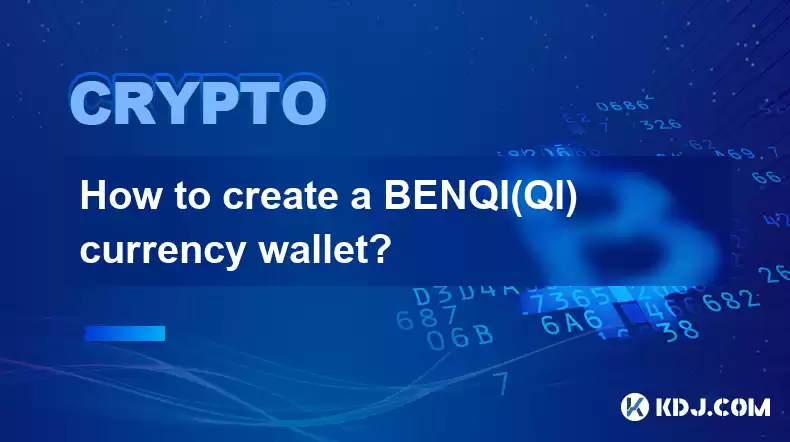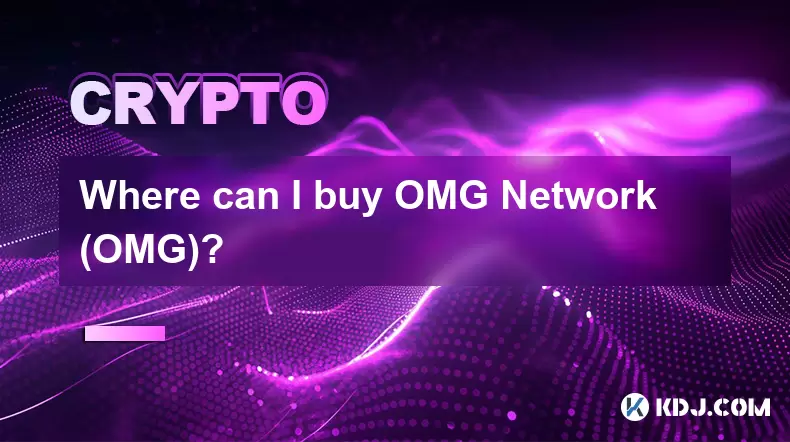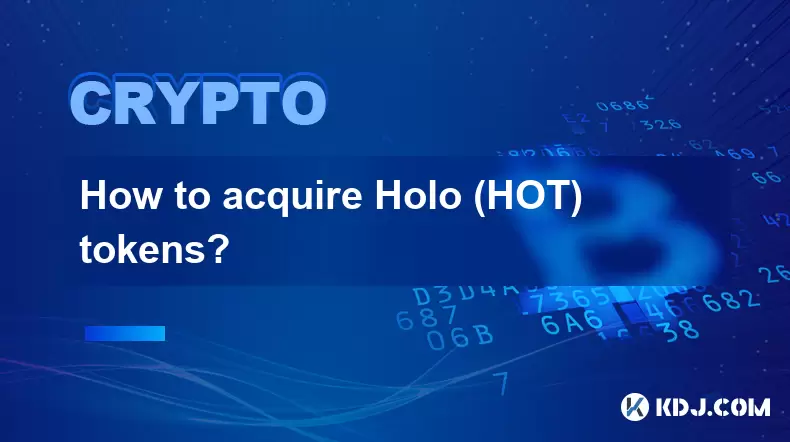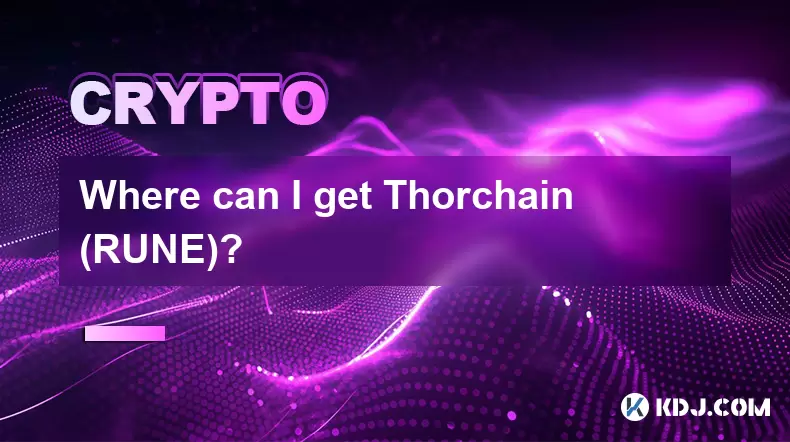-
 Bitcoin
Bitcoin $116700
0.24% -
 Ethereum
Ethereum $3973
4.34% -
 XRP
XRP $3.283
7.68% -
 Tether USDt
Tether USDt $1.000
0.01% -
 BNB
BNB $789.8
2.27% -
 Solana
Solana $176.2
3.31% -
 USDC
USDC $0.9999
0.00% -
 Dogecoin
Dogecoin $0.2238
5.14% -
 TRON
TRON $0.3389
-0.51% -
 Cardano
Cardano $0.7907
4.03% -
 Stellar
Stellar $0.4527
10.02% -
 Hyperliquid
Hyperliquid $41.07
4.27% -
 Sui
Sui $3.794
1.77% -
 Chainlink
Chainlink $19.49
10.40% -
 Bitcoin Cash
Bitcoin Cash $580.9
0.74% -
 Hedera
Hedera $0.2617
4.32% -
 Avalanche
Avalanche $23.41
3.67% -
 Ethena USDe
Ethena USDe $1.001
-0.03% -
 Litecoin
Litecoin $122.4
1.38% -
 Toncoin
Toncoin $3.364
1.49% -
 UNUS SED LEO
UNUS SED LEO $8.988
0.37% -
 Shiba Inu
Shiba Inu $0.00001295
2.82% -
 Uniswap
Uniswap $10.62
5.75% -
 Polkadot
Polkadot $3.922
4.46% -
 Dai
Dai $1.000
0.01% -
 Bitget Token
Bitget Token $4.494
2.15% -
 Monero
Monero $268.0
-1.30% -
 Cronos
Cronos $0.1523
3.68% -
 Pepe
Pepe $0.00001127
4.43% -
 Aave
Aave $285.4
4.85%
How to create a BENQI(QI) currency wallet?
For security-conscious users, hardware wallets such as Ledger Nano X provide the highest level of protection for their QI tokens, securing private keys offline with a built-in PIN and backup recovery seed.
Dec 24, 2024 at 11:44 am

Key Points:
- Understand the different types of BENQI (QI) wallets.
- Choose the right wallet for your specific needs.
- Install and set up your chosen wallet.
- Secure your wallet with strong passwords and 2FA.
- Fund your wallet with QI tokens.
Step 1: Understand the Different Types of BENQI (QI) Wallets
There are several different types of QI wallets available, each with its own advantages and disadvantages.
Software wallets: Installed on your computer or mobile device, software wallets are convenient and easy to use. They come in two main types:
- Desktop wallets: Allow you to interact with the blockchain directly and provide high security.
- Mobile wallets: Offer portability and ease of use, but may have limited functionality.
- Hardware wallets: Physical devices that store your private keys offline, hardware wallets provide the highest level of security.
- Paper wallets: Simply printed documents containing your private keys, paper wallets offer maximum offline security but can be inconvenient to use.
Step 2: Choose the Right Wallet for Your Specific Needs
The best QI wallet for you depends on your individual needs.
- Security: If security is your top priority, choose a hardware wallet.
- Convenience: For convenience, mobile wallets are a good option.
- Functionality: Desktop wallets offer the most functionality for advanced users.
- Supported coins: Make sure the wallet you choose supports both BEP-2 and BEP-20 QI tokens.
Step 3: Install and Set Up Your Chosen Wallet
- Desktop wallets: Download the wallet software from the official website. Create a strong password and backup your wallet file.
- Mobile wallets: Download the wallet app from the App Store or Google Play. Create a secure passcode or use biometrics to protect your wallet.
- Hardware wallets: Follow the manufacturer's instructions to set up your hardware wallet. Choose a strong PIN and write down your backup recovery seed.
Step 4: Secure Your Wallet with Strong Passwords and 2FA
- Use unique and complex passwords for all your wallets.
- Enable two-factor authentication (2FA) for additional security.
- Consider storing your seed phrase in a secure location or using a password manager.
Step 5: Fund Your Wallet with QI Tokens
- Purchase QI tokens from a cryptocurrency exchange.
- Send QI tokens to your wallet address using the blockchain explorer.
- Make sure you have sufficient BEP-20 BNB tokens in your wallet for gas fees.
FAQs:
Where can I buy BENQI (QI) tokens?
- You can purchase QI tokens from Binance, KuCoin, Mandala Exchange, Gate.io, and other cryptocurrency exchanges.
What is the difference between BEP-2 and BEP-20 QI tokens?
- BEP-2 QI tokens are issued on the Binance Chain (now rebranded as BNB Smart Chain), while BEP-20 QI tokens are issued on the BNB Beacon Chain. BEP-20 QI tokens are more commonly used and offer lower transaction fees.
How do I stake BENQI (QI) tokens?
- You can stake QI tokens through the QI Staking platform. Simply connect your wallet and select the desired staking period and token amount.
What are the risks of using a BENQI (QI) wallet?
- Wallet security is crucial. If you lose your password, seed phrase, or private keys, you will lose access to your funds. Always practice good wallet hygiene and never store your private keys online.
Disclaimer:info@kdj.com
The information provided is not trading advice. kdj.com does not assume any responsibility for any investments made based on the information provided in this article. Cryptocurrencies are highly volatile and it is highly recommended that you invest with caution after thorough research!
If you believe that the content used on this website infringes your copyright, please contact us immediately (info@kdj.com) and we will delete it promptly.
- Bitcoin, Litecoin, and Avalanche: Decoding the Crypto Buzz in the Big Apple
- 2025-08-09 00:30:12
- Pengu Takes Flight: Can This Solana Meme Coin Conquer the Top 3?
- 2025-08-09 00:50:13
- Ethereum and Shiba Inu: Navigating the Bull Move
- 2025-08-09 00:35:12
- Navigating the Crypto Market in 2025: Smart Decisions for Meme Coin Investing
- 2025-08-09 00:55:55
- Punisher Coin: The Altcoin Ready to Punish Your Portfolio with Gains?
- 2025-08-08 22:50:16
- Mutuum Finance, Bitcoin Whales, and Binance: Decoding the Crypto Currents
- 2025-08-08 22:30:11
Related knowledge

Where can I buy UMA (UMA)?
Aug 07,2025 at 06:42pm
Understanding UMA and Its Role in Decentralized FinanceUMA (Universal Market Access) is an Ethereum-based decentralized finance (DeFi) protocol design...

Where can I purchase Siacoin (SC)?
Aug 08,2025 at 11:14am
Understanding Siacoin (SC) and Its Role in the Sia NetworkSiacoin (SC) is the native cryptocurrency of the Sia decentralized cloud storage platform, a...

Where can I buy OMG Network (OMG)?
Aug 08,2025 at 12:57pm
Understanding OMG Network (OMG) and Its PurposeThe OMG Network, originally known as OmiseGO, is a layer-2 scaling solution built on the Ethereum block...

What exchanges support buying IOTA (MIOTA)?
Aug 07,2025 at 09:58pm
Understanding the Role of Private Keys in Cryptocurrency SecurityIn the world of cryptocurrency, private keys are the cornerstone of ownership and con...

How to acquire Holo (HOT) tokens?
Aug 08,2025 at 05:56am
Understanding Holo (HOT) and Its EcosystemHolo (HOT) is a cryptocurrency token associated with the Holo ecosystem, which is built on the Holochain fra...

Where can I get Thorchain (RUNE)?
Aug 08,2025 at 08:07am
Understanding the Role of Seed Phrases in Cryptocurrency WalletsA seed phrase, also known as a recovery phrase or mnemonic phrase, is a critical compo...

Where can I buy UMA (UMA)?
Aug 07,2025 at 06:42pm
Understanding UMA and Its Role in Decentralized FinanceUMA (Universal Market Access) is an Ethereum-based decentralized finance (DeFi) protocol design...

Where can I purchase Siacoin (SC)?
Aug 08,2025 at 11:14am
Understanding Siacoin (SC) and Its Role in the Sia NetworkSiacoin (SC) is the native cryptocurrency of the Sia decentralized cloud storage platform, a...

Where can I buy OMG Network (OMG)?
Aug 08,2025 at 12:57pm
Understanding OMG Network (OMG) and Its PurposeThe OMG Network, originally known as OmiseGO, is a layer-2 scaling solution built on the Ethereum block...

What exchanges support buying IOTA (MIOTA)?
Aug 07,2025 at 09:58pm
Understanding the Role of Private Keys in Cryptocurrency SecurityIn the world of cryptocurrency, private keys are the cornerstone of ownership and con...

How to acquire Holo (HOT) tokens?
Aug 08,2025 at 05:56am
Understanding Holo (HOT) and Its EcosystemHolo (HOT) is a cryptocurrency token associated with the Holo ecosystem, which is built on the Holochain fra...

Where can I get Thorchain (RUNE)?
Aug 08,2025 at 08:07am
Understanding the Role of Seed Phrases in Cryptocurrency WalletsA seed phrase, also known as a recovery phrase or mnemonic phrase, is a critical compo...
See all articles

























































































